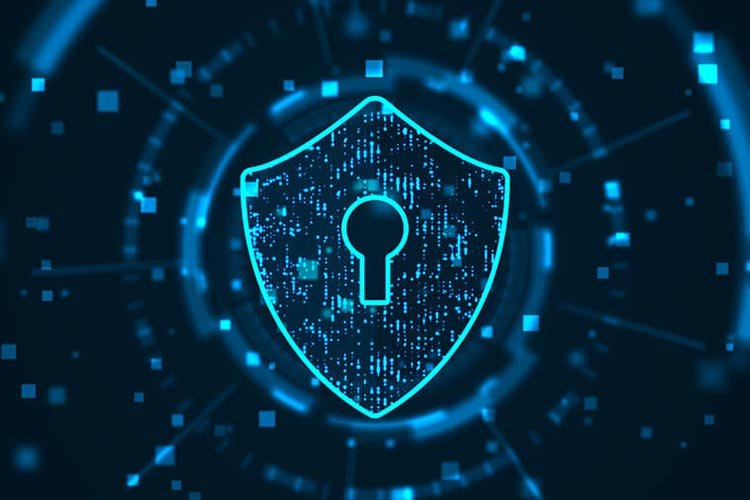
Department of Homeland Security (DHS) has issued an emergency directive requiring federal agencies and dependent entities to implement immediate mitigations to prevent an identified, active hacking campaign. The directive mandates rapid actions to reduce exposure, preserve evidence, and harden affected services while agencies coordinate response and share indicators.
Key mandates (typical content of such directives)
- Apply emergency patches and mitigations for specific vulnerable products and CVEs identified in the advisory.
- Isolate or block known malicious infrastructure (IPs, domains) and implement network‑level filtering where feasible.
- Enforce multi‑factor authentication and reset credentials for compromised or high‑risk accounts.
- Collect and preserve relevant logs and artifacts (endpoint telemetry, network captures, authentication logs) for forensic analysis.
- Increase monitoring and incident‑response readiness: elevate telemetry, adjust SIEM/XDR detections, and stand up dedicated response teams.
- Notify DHS/CISA and follow specified reporting timelines and information‑sharing procedures.
Immediate steps organizations should take
- Review the DHS advisory for the exact list of affected products, CVEs, and IOCs; prioritize remediation by exposure and business impact.
- Patch or apply vendor‑supplied mitigations immediately for in‑scope systems; where patching is not possible, implement compensating controls (segmentation, access restrictions).
- Block malicious domains/IPs and hunt for related activity using IOC lists; isolate suspicious hosts for investigation.
- Force password resets and require MFA for any accounts with potential exposure; revoke stale or orphaned credentials and OAuth consents.
- Preserve logs and evidence in immutable storage and engage legal/compliance if data exfiltration is suspected.
- If confirmed compromised, follow incident‑response playbooks: contain, eradicate, recover, and notify stakeholders and regulators as required.
Why this matters
Emergency directives are issued when a vulnerability or active exploitation poses immediate national security or critical‑infrastructure risk. Rapid, coordinated action reduces attacker dwell time and limits potential damage across government and private sector networks.
For technical teams
- Hunt for known TTPs associated with the advisory (phishing lures, lateral movement patterns, scheduled tasks, persistence artifacts).
- Tune and deploy detection rules (SIEM/XDR) for the provided IOCs and behavioral indicators.
- Validate backups and recovery plans for affected systems; test restores in isolated environments.
- Coordinate with vendors for patched binaries, hotfixes, and mitigation guidance.
For leadership and communications
- Brief executives with a short risk summary, impacted scope, and remediation plan and timelines.
- Prepare external communications only after legal and incident teams approve; avoid speculative claims.
- Ensure regulatory and contractual notification obligations are understood and scheduled.


